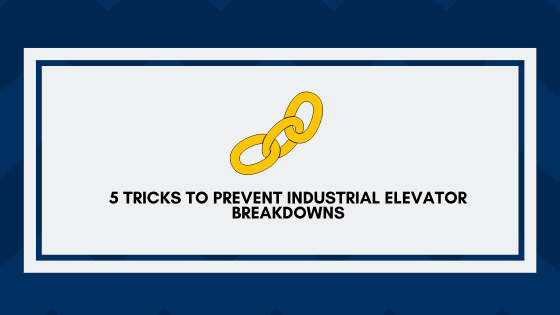
5 Tricks to Prevent Industrial Elevator Breakdowns
When it comes to industrial elevators, one thing is for sure: they need to be reliable.
read article
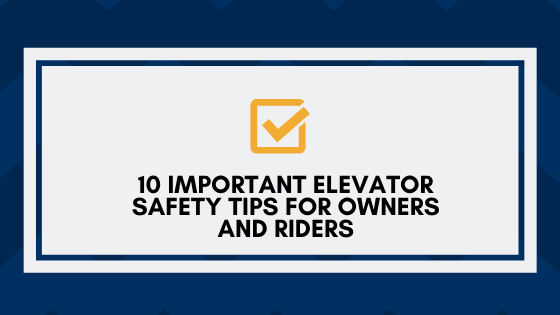
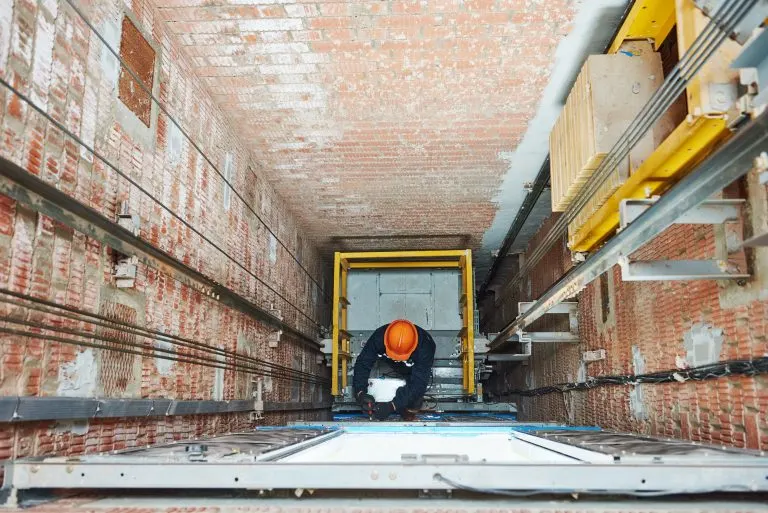
Did you know that there are 1.03 million elevators in the United States and each elevator carries 20,000 people per year? You’ve probably ridden in an elevator in the past week alone.
But all this experience riding up and down in elevators doesn’t mean that all Americans are following proper elevator safety procedures at all. That’s why we have created this guide for you, so you can up your elevator compliance and eliminate as many injuries as possible.
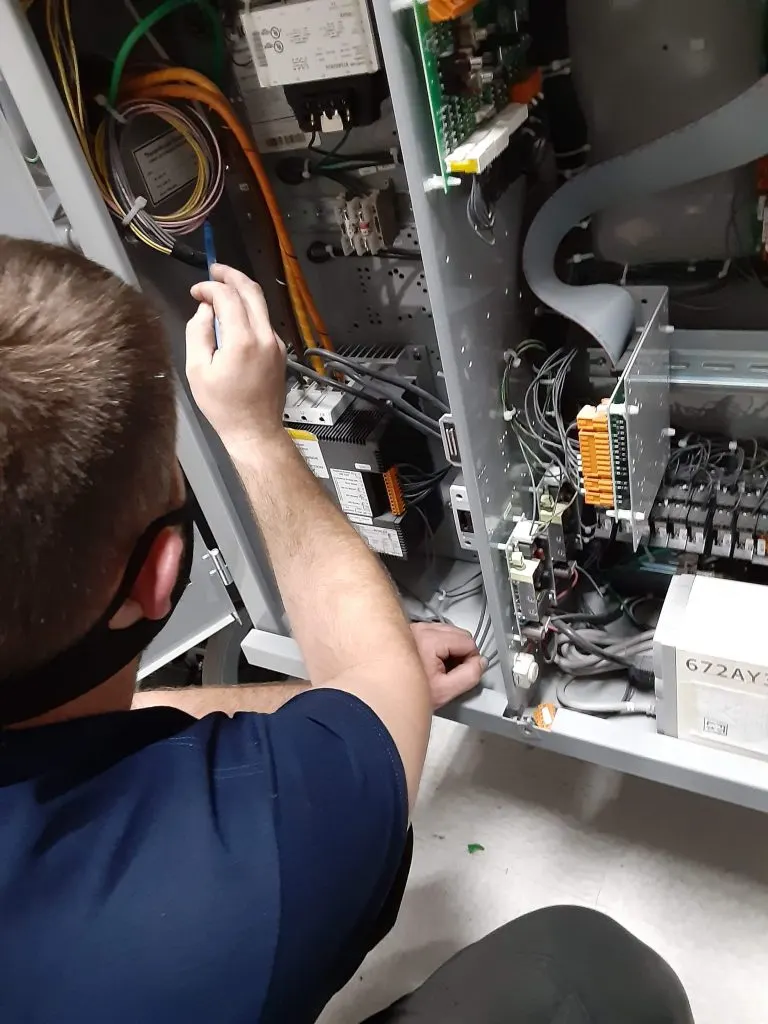
Even though most of us are used to using an elevator as if it were an everyday affair, you are still riding in a complex piece of equipment that should be treated with respect. There’s no point playing with your life here.
You can horse around after you’ve gotten off the elevator. But during your elevator ride, act civilized and composed, and stay alert.
Don’t push your friends or family around against the wall or the door. It could result in the elevator doors opening unintentionally or some sensorial mechanism jamming. It’s always better to be safe rather than sorry in such situations.

Considering that each elevator carries 20,000 people per year, which amounts to around 55 people per day, that’s a lot of germs you could be partaking in if you touch the elevator buttons without sanitizing your hands after.
If you don’t want to get sick and you wish to keep your family safe and sound, especially during such turbulent times, ensure you always carry hand sanitizer with you and use it diligently, especially after being in an enclosed space such as an elevator.
Wear a mask as well to ensure that you don’t catch someone else’s germs. If you have a cold or a cough, make sure to cough directly into your sleeve, so as not to dispel germs into the elevator to infect everyone who hops on it.
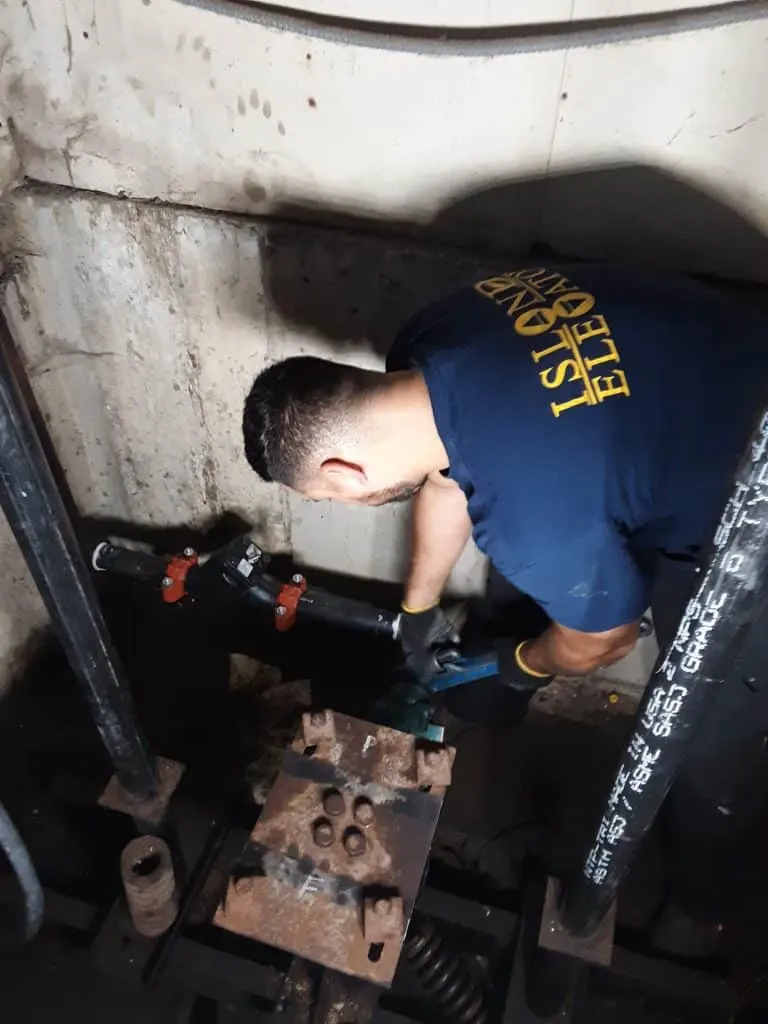
If you are an elevator owner, ensure that you do proper elevator testing and inspections regularly. The company you purchased the elevator from will have a schedule that they follow, especially if it’s included in your elevator maintenance plan.
Even if it’s an extra cost, it’s worth it for you to include that in your annual budget, as it can ensure that thousands of people who use the elevators in your building are kept safe and sound. It will help you avoid exorbitant costs later on, not only in lawyer fees (if someone gets hurt in your unmaintained elevator) but also in fixing your elevator once it breaks down completely.
An elevator is a complicated mechanism just like a car and needs regular maintenance to ensure its optimal functioning. Even skipping one oil change can affect a car adversely and the same applies to an elevator. Don’t skimp on this useful cost as elevator owners.

This is something that gets drummed into every elevator user, but most of us will forget this when it comes to an emergency. Of course, the ideal thing would be to switch off all elevators automatically once an emergency has been declared.
But doing regular emergency drills in your building will also help fix this idea for elevator users. Do not ever use an elevator in an emergency – it’s unsafe not only due to fire concerns, but it could also result in you getting stuck in an elevator in between floors due to electrical or power failure issues.
Use the stairs to protect yourself and also get in an additional workout. It’s a win-win situation.
Even if you are beyond late to an important meeting, it’s not worth risking your or other people’s lives for this. Take a deep breath, stand back, and allow the passengers inside the elevator to disembark first.
This way you are not only being polite and civilized, but you are also ensuring that there isn’t a bottleneck at the elevator door, causing further delays to your schedule.

Children and pets are always fascinated by these moving boxes called elevators. They will want to play with and around it.
That’s why you need to keep a tight hold on both children and pets (and any grocery bags or equipment you might be carrying) so that they don’t interfere with the proper functioning of an elevator.
You don’t want them standing at the elevator door stopping the door from closing. Or coming in and out of an elevator, pressing all elevator buttons, and causing delays for other waiting passengers.
It’s your responsibility to ensure your children and pets follow proper elevator etiquette (more on this below). It’s also good training for your young children for when they are older and using elevators on their own.
If you are carrying an umbrella or other long equipment, ensure that you carry these close to your body, to avoid them getting caught in elevator doors and jamming the sensors. This can all be avoided if you avoid standing next to the doors. Stand as close to the back or side walls as possible.
This will also help new passengers embark onto the elevator easier as they don’t have to pass by or squeeze past you.

The worst nightmare of most people has to be getting stuck in a dark elevator due to an electrical or systems failure. Thankfully, elevators nowadays have lots of emergency mechanisms built in that allow stuck passengers to stay safe and sound.
Follow the principles mentioned below if stuck in an elevator in between floors:
Modern elevators get built for all sorts of emergencies and are safer than you imagine. Don’t let doomsday scenarios in movies make you believe otherwise.
Don’t be rude. Even if you have somewhere to be, do the right thing and hold the door open for any incoming passengers. Also, hold the door open for any disembarking passengers, especially if they have a lot of equipment or baggage to transport.
A little bit of decency and kindness can go a long way especially when it comes to crowded places like elevators.

You don’t know what the weight limits of a particular elevator are, so if the elevator already has lots of people on it, don’t get on it. You can wait a few seconds and get on the next one – it will delay you a bit, but that’s better than getting stuck in an overcrowded elevator that stops midway. Also, considering that viruses are spreading like crazy nowadays, it’s better to avoid any situation where you will be in close contact with other humans for an extended period. Modern elevators are so fast (the fastest one in the world in 2017 was the Shanghai Tower elevator that reached speeds of 67 feet per second) that you will be on another one in a matter of minutes.
Too many of us are rushing around from one place to another without taking a pause or a breath. But when it comes to using a complicated device like an elevator, everyone needs to slow down and take elevator safety measures seriously.
The elevator tips mentioned above should be inculcated into your daily habits to ensure that you are using all elevators you encounter as safely as possible. It’s as important as the safety measures you use when driving or when embarking on an airplane.
You need to have a fully functioning and safely operating elevator. Elevator compliance is not a difficult thing to meet when you have the right people and tools.
Elevator testing and inspections ensure that you are on top of any necessary elevator repair. It keeps your costs lower and your passengers happy.
When you need elevator repair and maintenance, contact us for a free estimate.
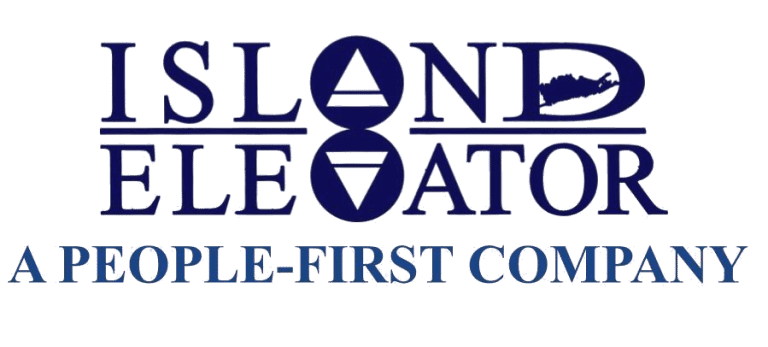
Island Elevator is here to help you understand all facets of your Elevator Repair, Maintenance, & Modernization costs in the new year. Our team is here to help ensure your home and business vertical transportation equipment receive the regularly scheduled maintenance necessary to help you avoid a major catastrophe, reduce the possibility of a costly repair, and ensure the safety of your passengers, tenants, and family.

When it comes to industrial elevators, one thing is for sure: they need to be reliable.
read article

If you manage or own a commercial or residential property on Long Island ...
read article
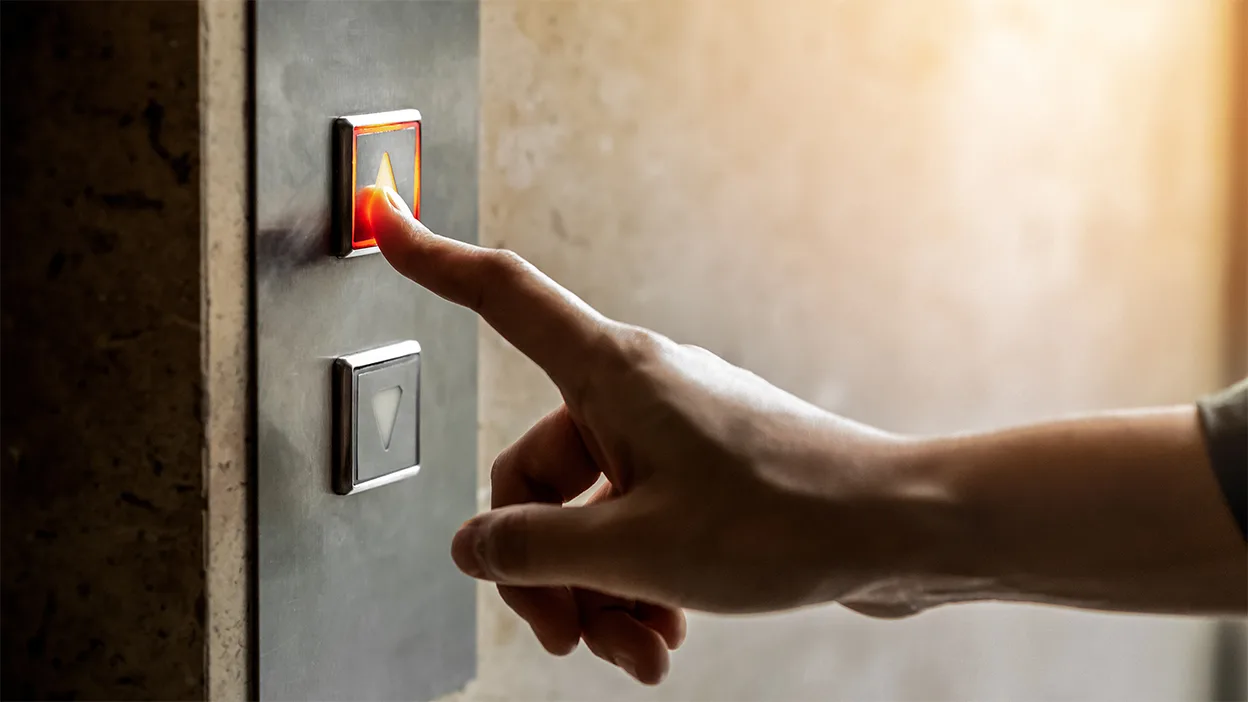
For businesses that rely on elevators, keeping them in top condition ...
read article
get a free estimate